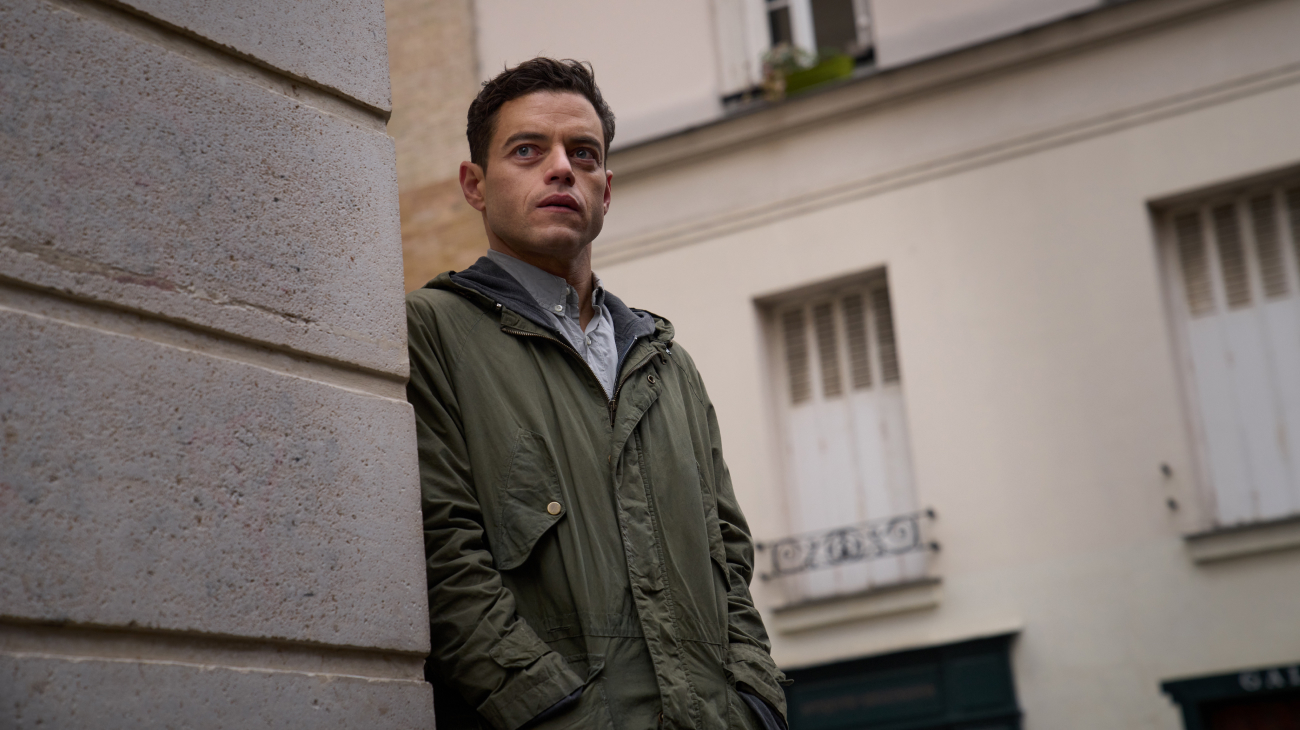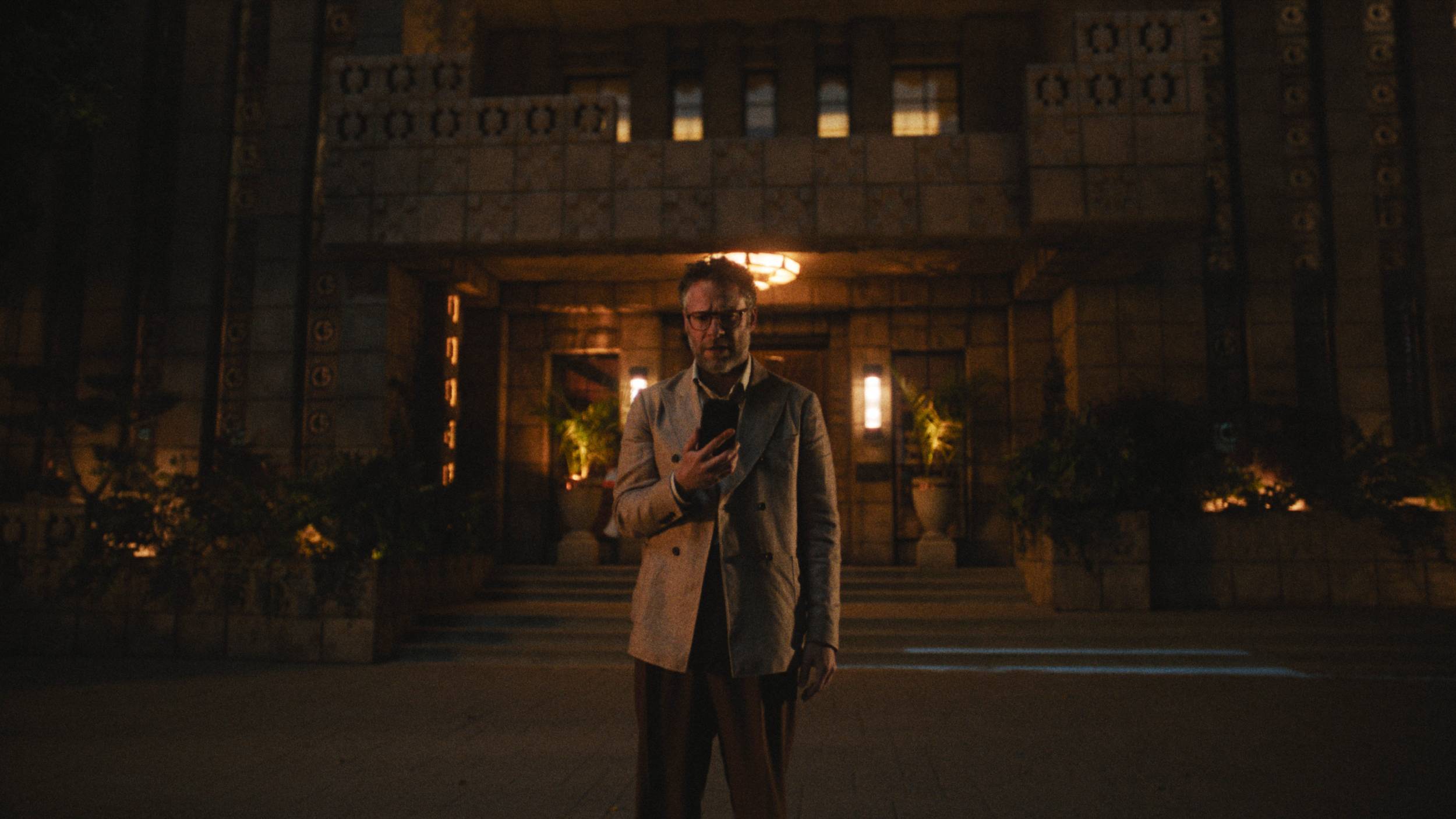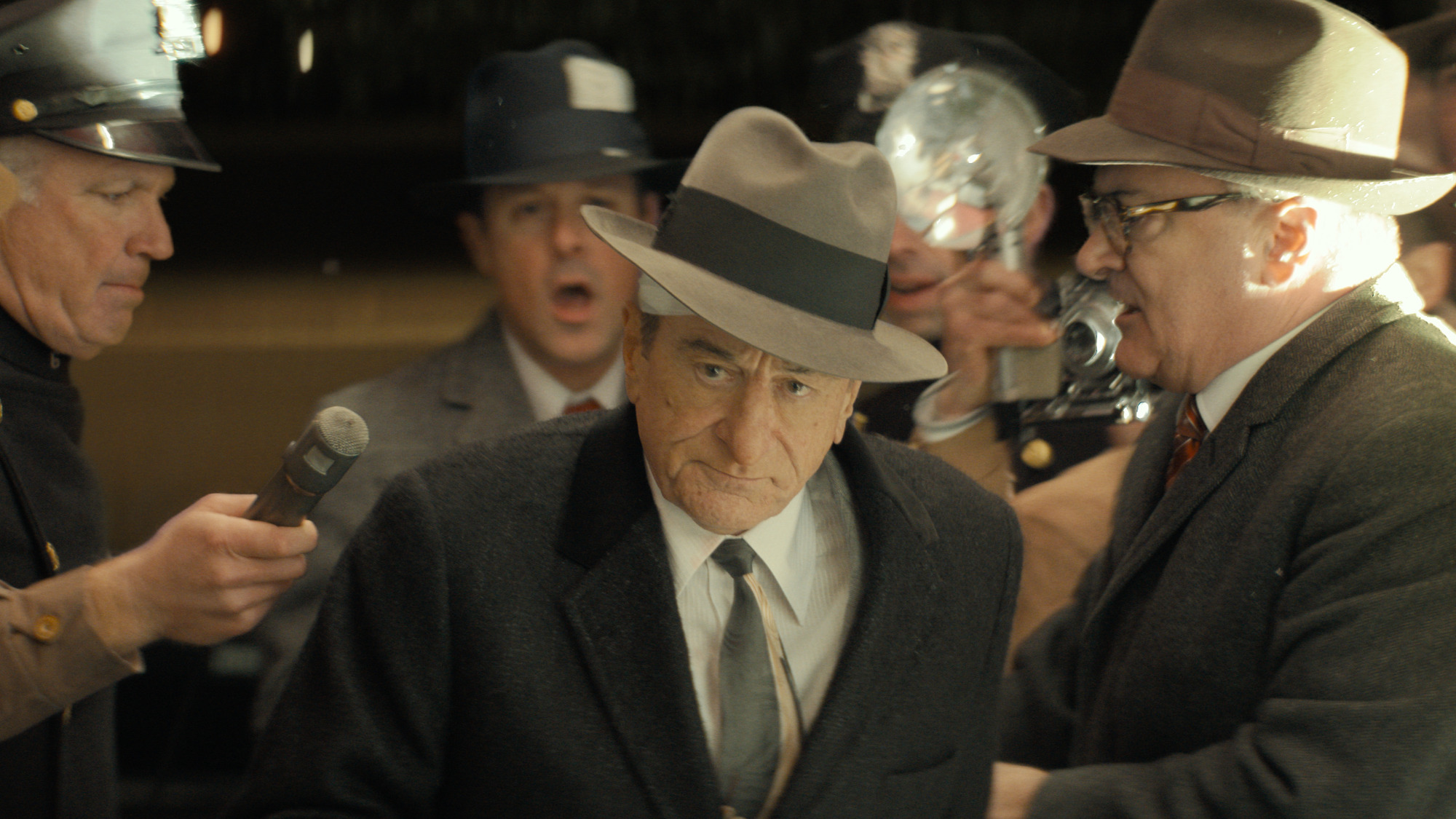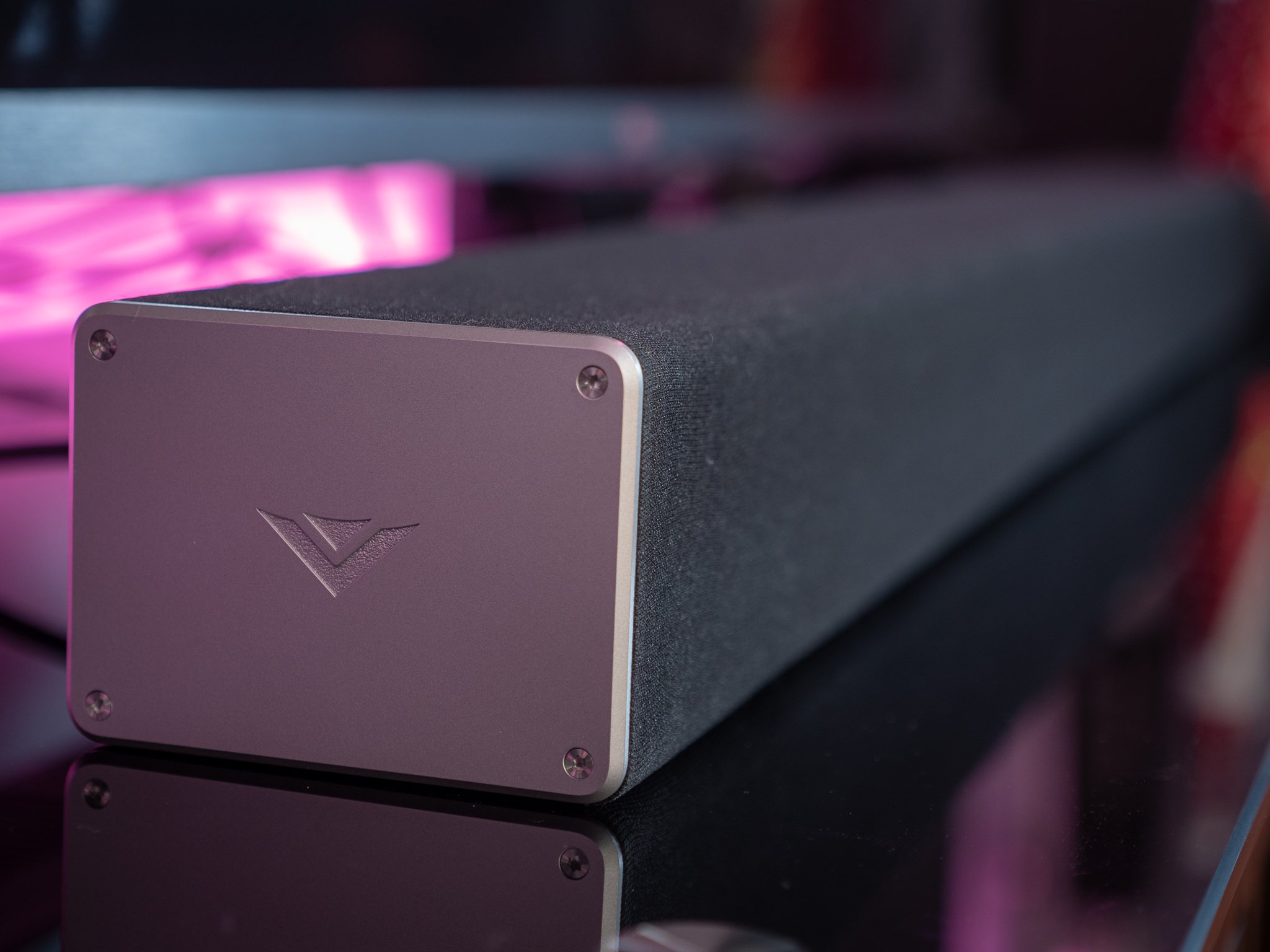
I can distinctly remember the day I discovered stereo sound. Laying between the floor speakers in our den, I realized that it wasn't the same sound coming from the left and the right. Second to that discovery was the first time I listened to Guns 'n' Roses' Appetite for Destruction with headphones. It was a seismic change in how I understood music. (Also acceptable answer: Anything from the Rolling Stones.)
The next major leap in my listening life was when I got my first 5.1 surround sound system. First, everything needs a subwoofer. But having audio coming from behind you changes the experience in all the expected ways. (Pretty sure I wore out my DVD of The Matrix that year.)
What's the summit in home audio? For me it's been Dolby Atmos. That means a few things. First, it means a pretty major increase in expenditure. I picked up a decent little Vizio sound bar on sale a few years ago, which was a painless (and partially wireless) way to have rear speakers in a large living room.
More recently, Vizio offered to send over its awfully named SB36512-F6 sound bar. (To which I shall refer by anything other than its product name.) While it very much looks like what I was using previously — a sound bar in the front, and rear speakers and a subwoofer in the back — it's a big step up in a couple of ways. First, it's got Dolby Atmos on board. Second is that it's $500, which actually isn't bad for an entry-level Atmos product.
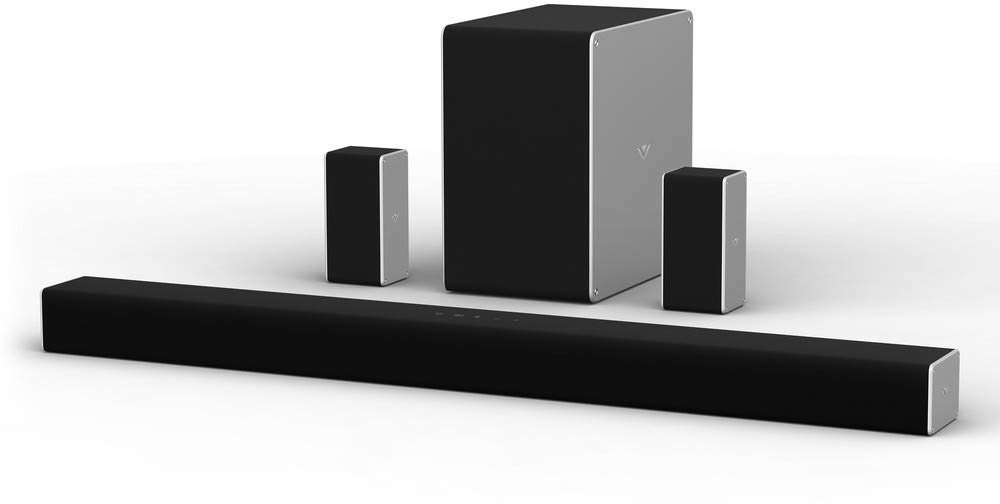
Home theater
Entry-level Dolby Atmos.
Dolby Atmos is one of those things you have to experience to really understand. This sound bar makes it attainable.
The Good
- Easy to set up
- Wireless rear speakers and sub
- Gets your Atmos toes wet
- Full-featured sound bar
The Bad
- Atmos content hard to find streaming
- Vizio's awful remote control
Welcome to the future
What is Dolby Atmos?
First, an oversimplified primer.
By now you're no doubt well acquainted with stereophonic sound. That is, slightly different sounds coming from a pair of speakers, to give the impression that there's movement or that sound is coming from a certain direction. Sounds to the left. Sounds to the right. (And you're the only bait in town.) Rear speakers add an additional direction to that.
Dolby Atmos doesn't just add another direction — it's quite literally another dimension in sound.
Instead of just firing off sounds in general directions, Dolby Atmos creates sound "objects," giving sound designers the ability to put specific sounds in specific places. (And that includes the idea of bouncing sound off your ceiling.) Atmos supports up to 34 individual speakers, and up to 128 simultaneous "objects." So you can get into some serious stuff here.
Not all content can take advantage of true Dolby Atmos encoding. You'll need hardware that can handle Atmos — such as this Vizio sound bar we're reviewing here. And the content also needs to use Dolby Atmos. That's a feature you'll want to look for on the box if you're buying a Blu-Ray disc, or if you're watching through a streaming service. (That said, the sound bar plays back non-Atmos content quite well, and still takes advantage of the upward-firing speakers. Just not in the same way as with Atmos.)
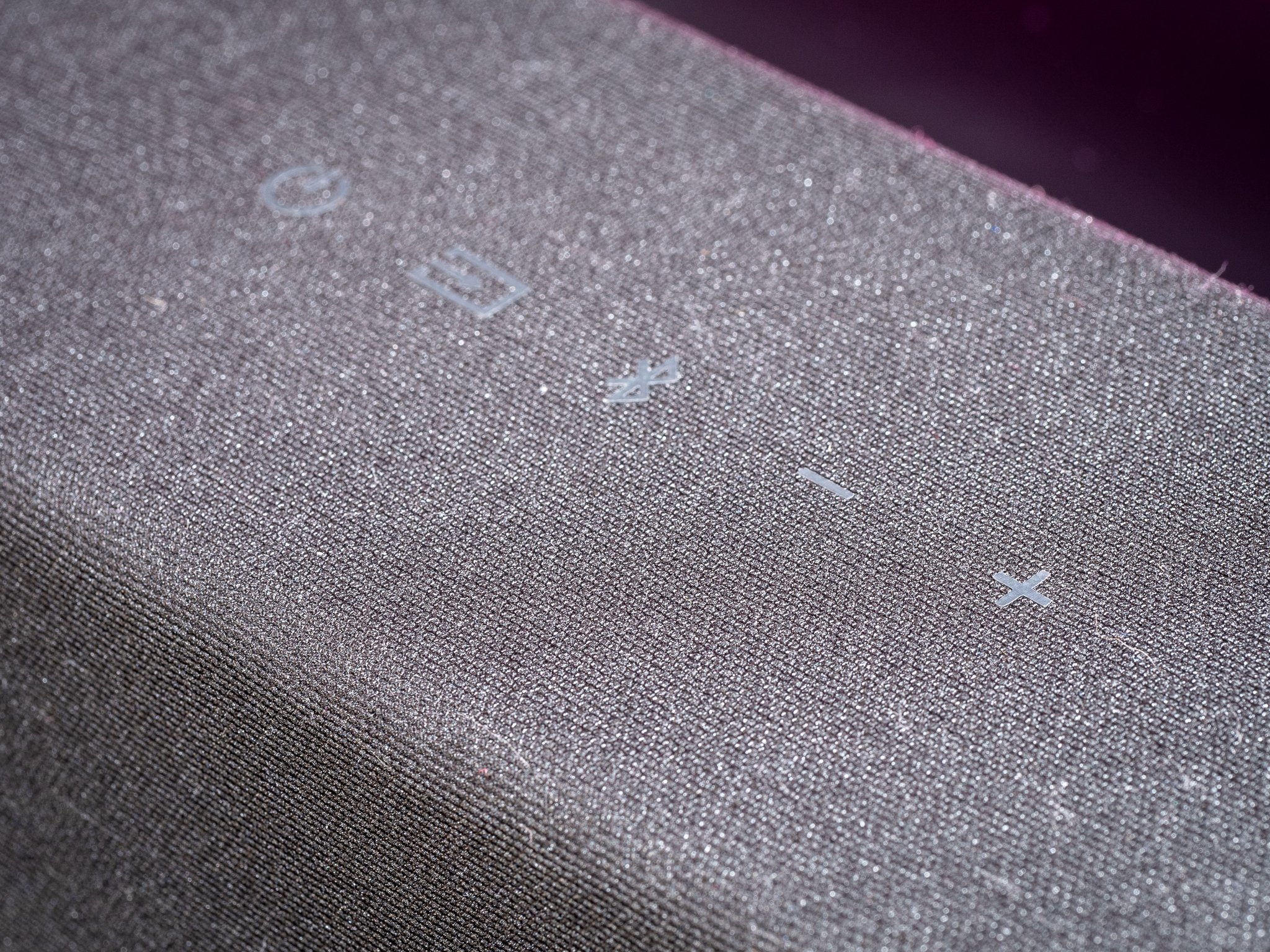
The good stuff
Vizio Dolby Atmos Sound Bar * What I Like*
This sound bar is what's called a 5.2.1 deal. That is there are five speakers up front, one subwoofer, and two rear speakers. In the sound bar itself there are three forward-facing speakers, and a couple that point skyward.
Then there are the two rear speakers, which connect (via wires) to the relatively not-huge subwoofer. Those three units connect wirelessly (and effortlessly, I should note) to the sound bar itself. Having had cables strung all over my living room in the past, it's a huge improvement.
All in all it looks and acts like a Vizio sound bar setup — same as what I've had for years now. The difference (in addition to just generally being newer, better and more expensive) of course comes into play with Dolby Atmos.
You get the ease of the Vizio experience with the magic of Dolby Atmos.
"Room-filling sound" is a phrase that doesn't actually mean anything, of course. It's a marketing thing. My Sonos Play:5 fills a room quite nicely. But it's still just one speaker, good as it may be. (And it is quite good.) It's just not the same as multiple speakers.
This Vizio setup (no, I'm still not going to use that god-awful product designation) absolutely fills a room. Now it does so to different degrees, depending on the audio source. Not all content is created equal. But for the purposes of this "what I like" section, let us stipulate that Dolby Atmos is a thing you want. It is a feature in which you absolutely should invest, should you be the sort who at all cares about audio. Sure, 5.1 surround sound is just fine. And my $200 worth of Vizio sound bar gear has worked great. But Atmos (if you'll excuse the cliche) truly takes things to a new level.
Sounds don't just come at you from the left and right, and behind you. They're now above you and diagonal and all over the place. This remains a fairly simple Atmos setup — remember it can technically handle nearly three dozen speakers — but even so movies have a completely new depth to them.
Would you notice the difference if you plopped down on my couch and watched a flick but weren't told that Atmos was a thing? I'd like to think you would.
All that said, this also is a perfect capable non-Atmos sound bar. It's just fine as a Bluetooth target, has Google Chromecast built in — it does all the sound bar stuff that you'd expect, really.
The not-so-good stuff
Vizio Dolby Atmos Sound Bar What I Didn't Like
We do have to temper our expectations here just a tad. At $500 this is one of the less expensive Atmos setups you can get, and is the least expensive in Vizio's lineup. ( Vizio's top-shelf offering has an additional five speakers withing the the 5.2.1 frame, and a greater frequency response across the board. It also costs twice as much.)
I'm not a sound snob. I know when something sounds good, and I know when something sounds bad. This sound bar sounds pretty darn good, and I'm not going to let perfect be the enemy of the great.
Old gripes with Vizio's sound bars remain here.
So my only real gripes about this thing are familiar — same as what I had with my old Vizio sound bar.
The included remote control isn't great. There's a pretty good chance you'll almost never need to use it (depending on your home setup), but it's still pretty disappointing. It's far from intuitive and isn't the sort of thing I'd hand off to a loved one without expecting them to run into some trouble at some point.
Same goes for the Vizio SmartCast app. It's functional, but it's also kind of a mess, full of recommendations for things I don't want to watch or listen to. Fortunately after the initial setup it's also not anything I've ever had to use. (Though every now and then you'll still want to peek in there to see if there's a firmware update for your sound bar.)
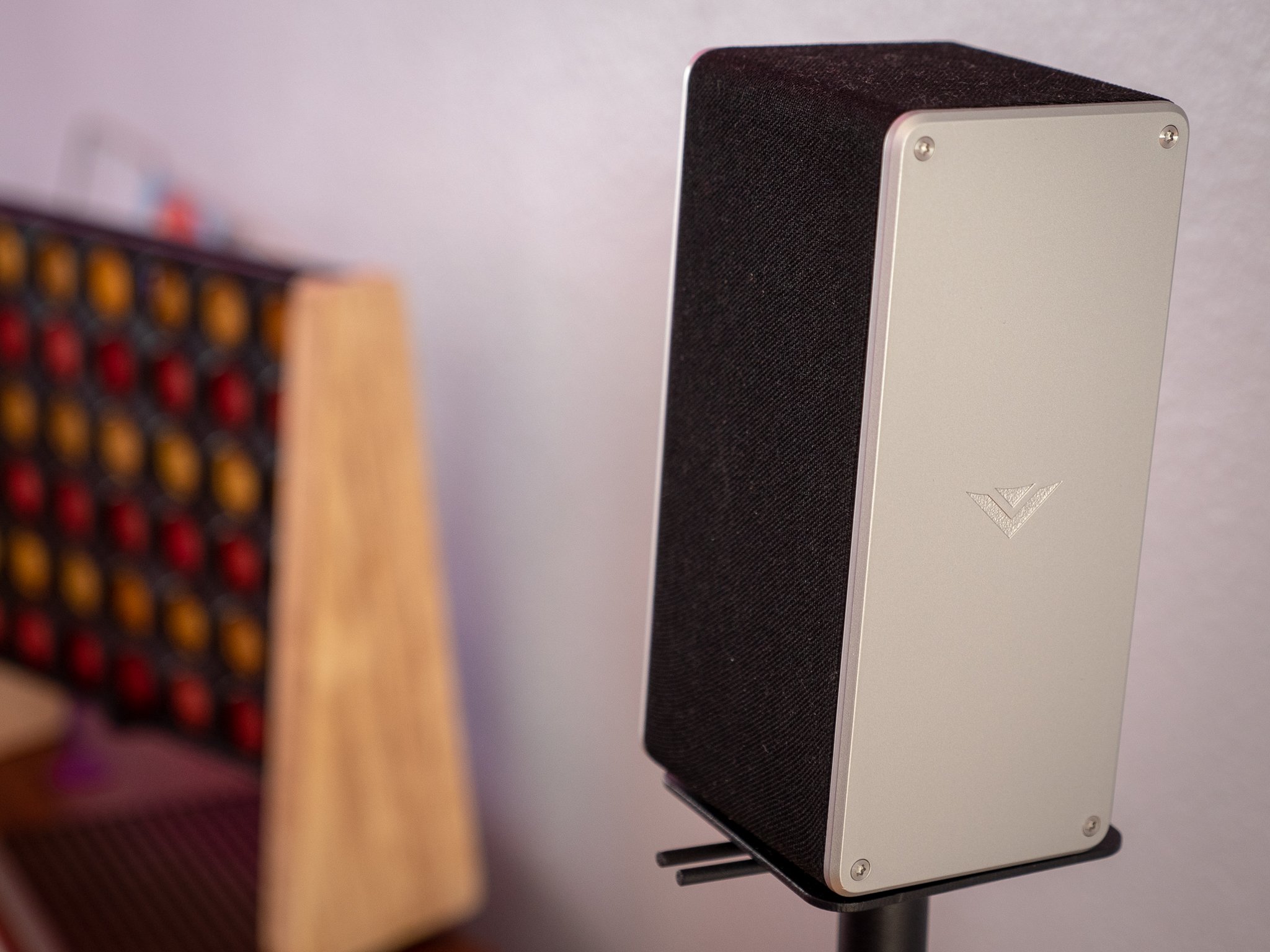
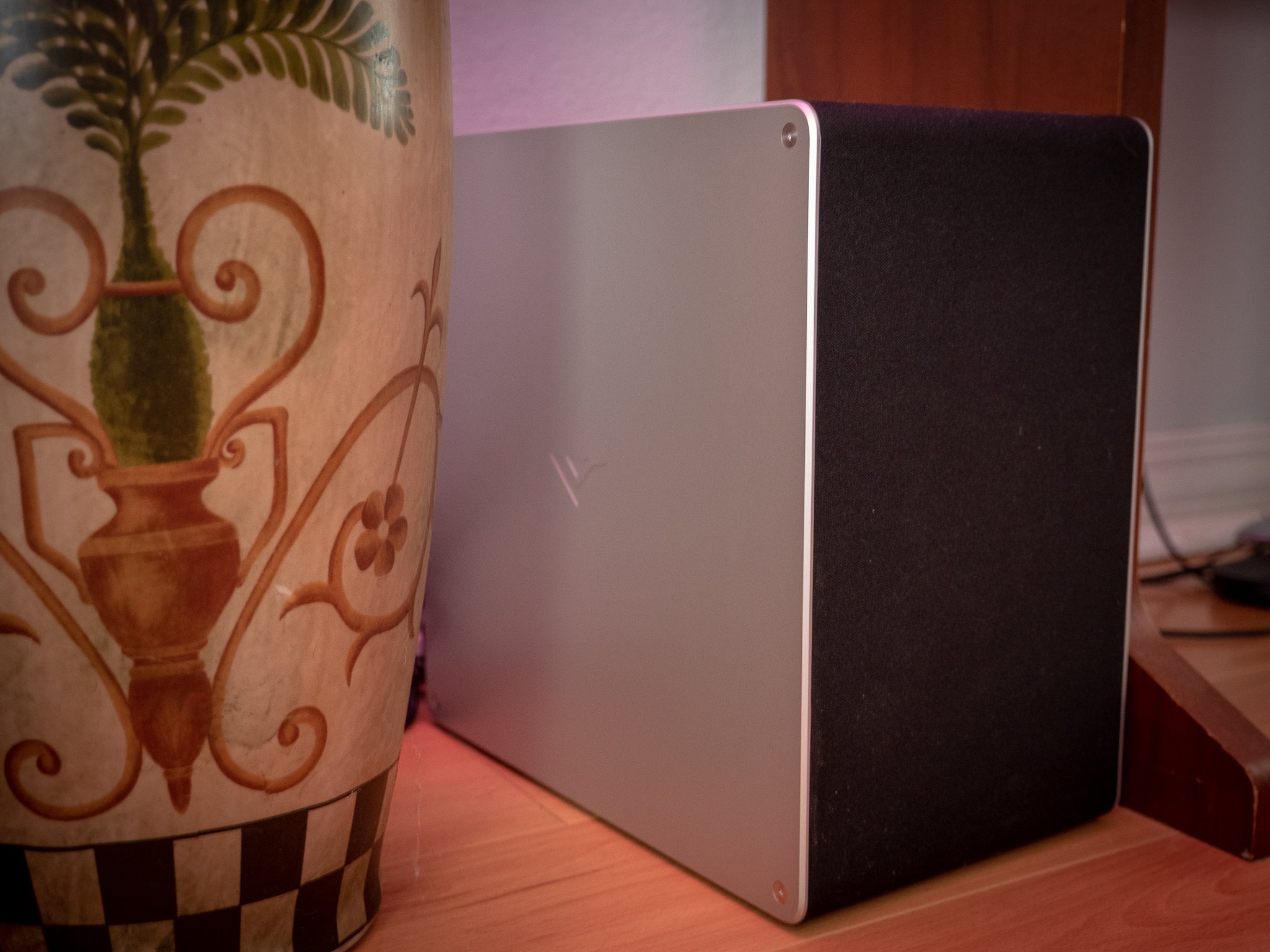
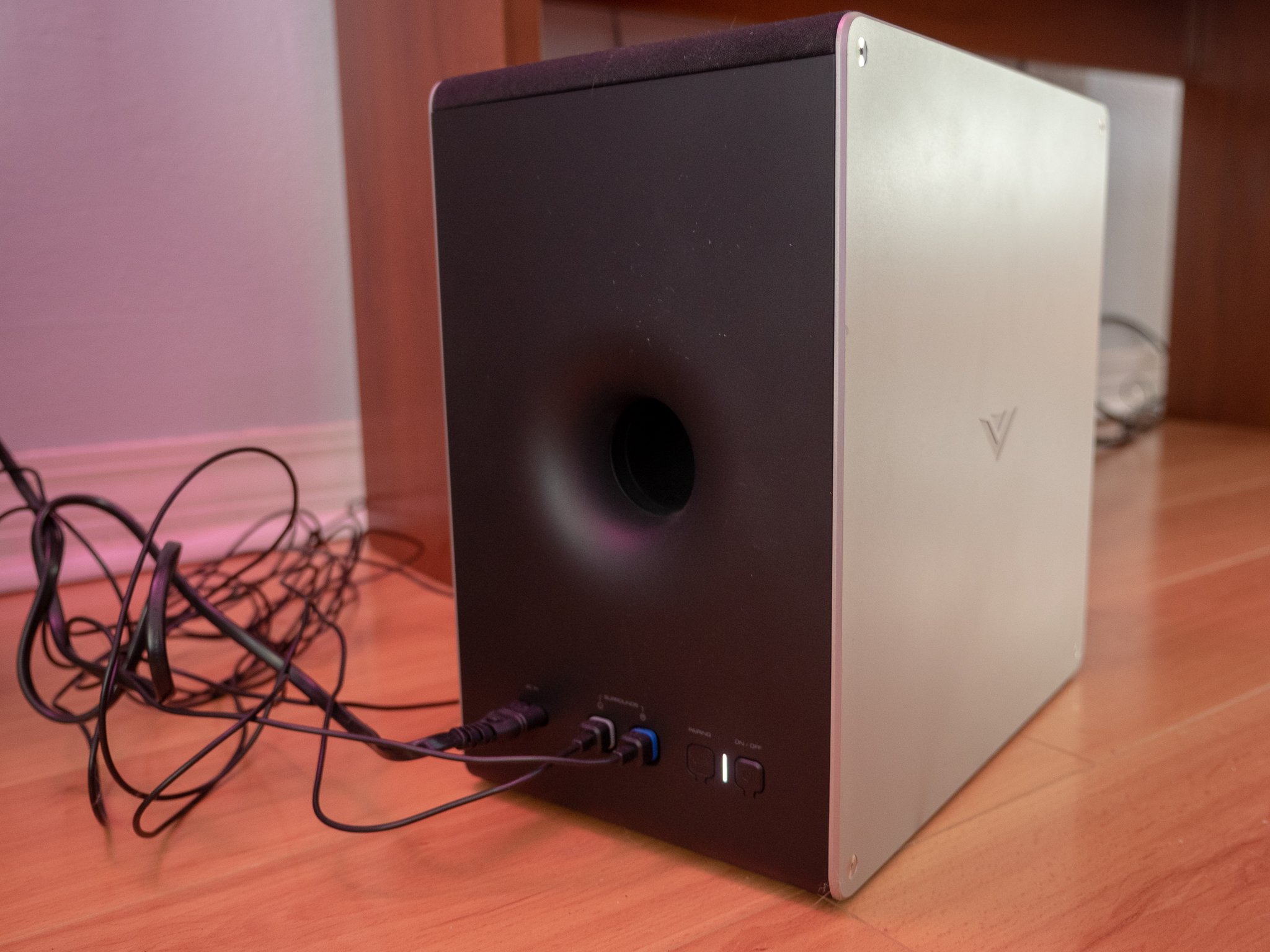
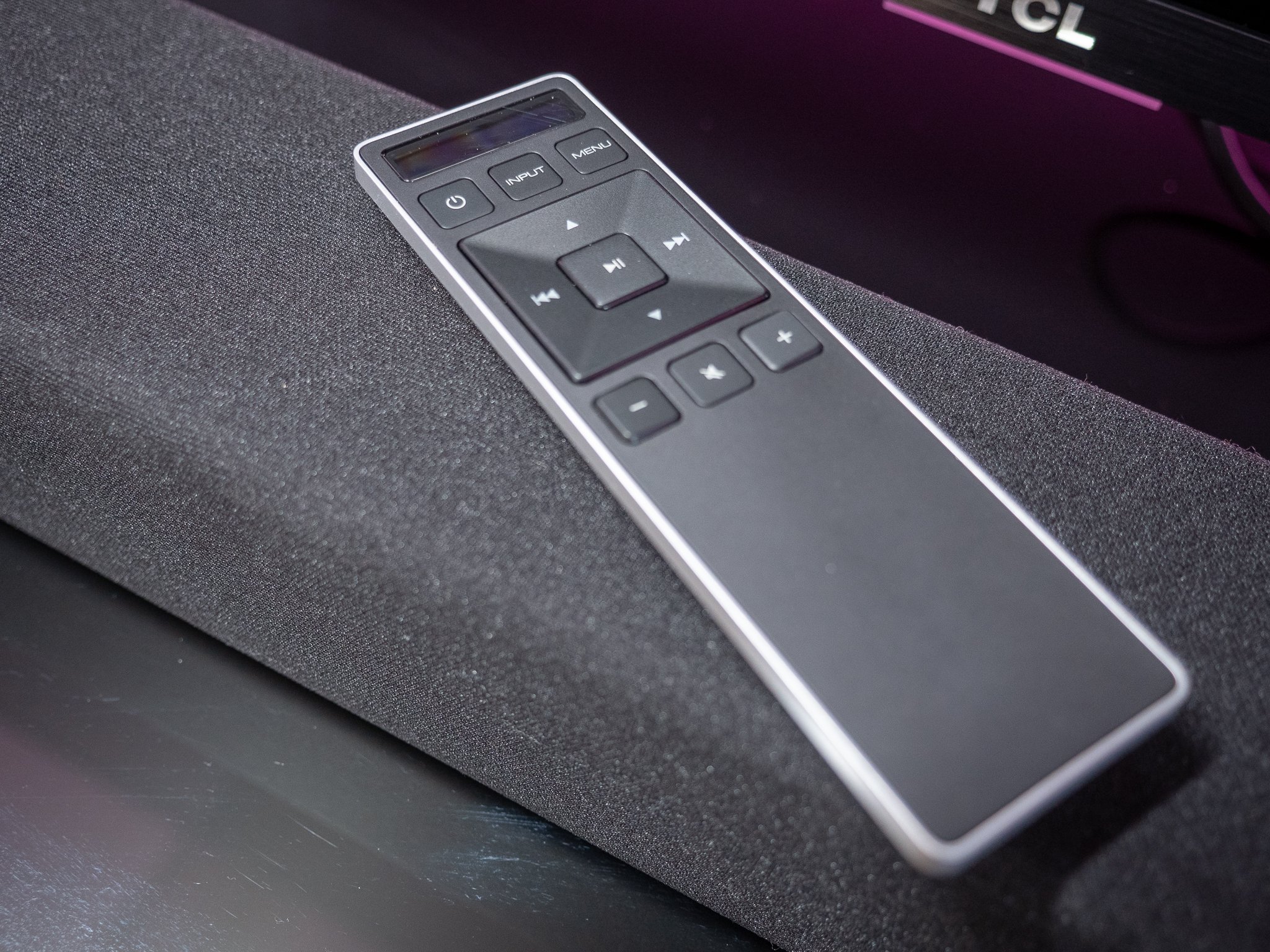
Vizio 36-inch Dolby Atmos Sound Bar
Should You Buy It? Yes
Here's the most important thing to remember about this sound bar — or any other Atmos-enabled product, really. Not everything you watch will take advantage of Dolby Atmos. And you're still going to have to go a little out of your way to find something that will.
It's early days for Dolby Atmos, but the standard is worth seeking out.
I can go entire days — probably weeks — without accidentally running into something that uses Dolby Atmos for its audio source. That's including content on all the major streaming services, both (and especially) live shows, as well as anything through curated services like Netflix and Amazon Prime Video. That's also including any time I play music through the sound bar. (Though I would pay real money for some Nine Inch Nails in Dolby Atmos.)
That's not Vizio's fault, though. It's still very early days for Dolby Atmos content. So for now we're going to have to go out of our way a little bit to find it. Look for it on Blu-Ray discs. Look for it in the listings of Netflix and Vudu and Amazon Prime Video. (Pro tip: Also make sure you're looking at 4K content.)
As for me? If I were even fairly serious about movies and audio, I'd go ahead and spring the extra couple hundred bucks for Dolby Atmos support. The difference in the audio experience is worth it. Look at it like an investment. Over the long run, you'll end up with a more enjoyable, more immersive experience. And with this product — OK, the Vizio SB36512-F6 — you're getting in on the ground floor at about $500, with relatively easy setup, and without having to worry about running wires all over the room.
For me, that's $500 well-spent.
